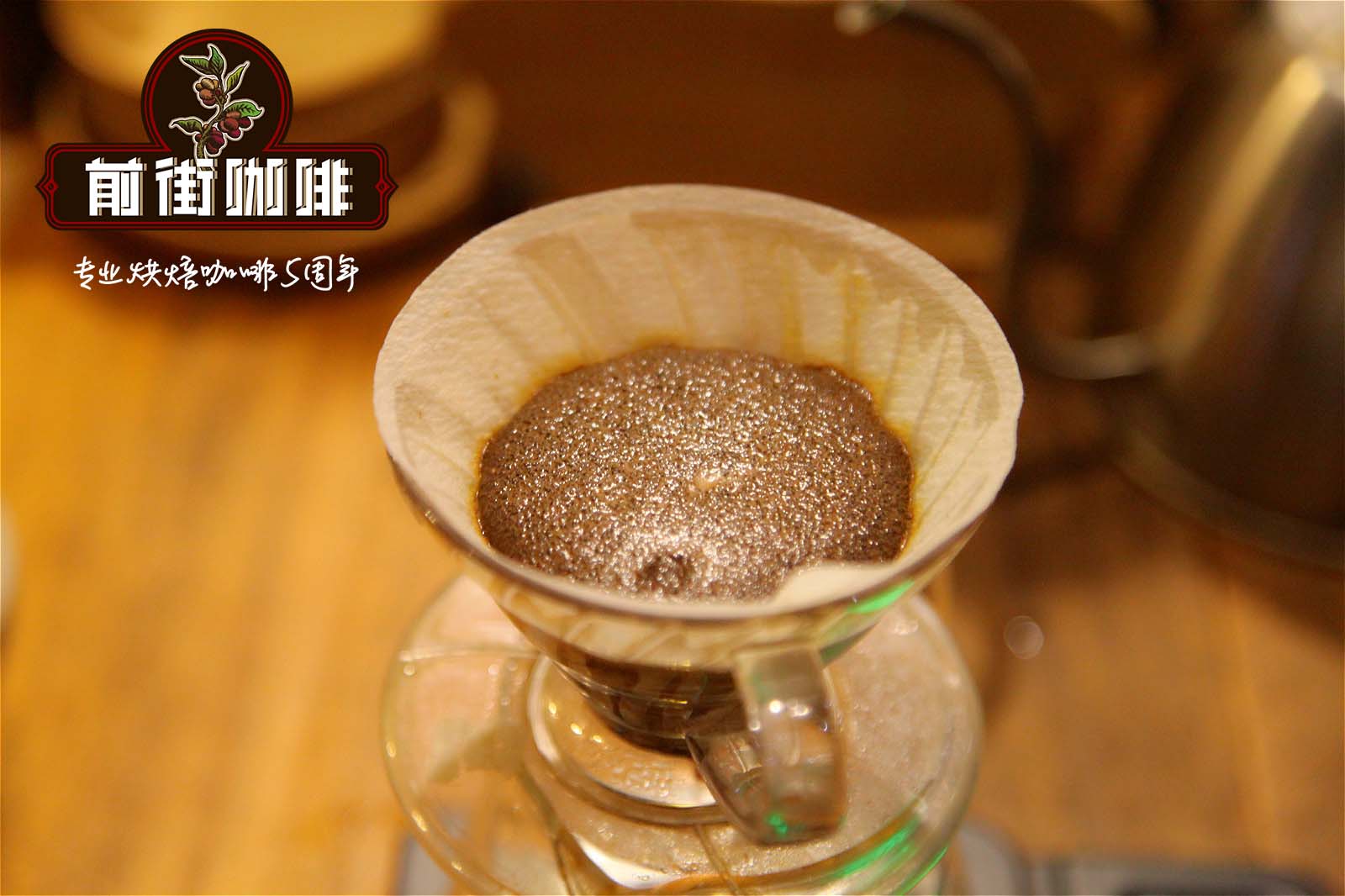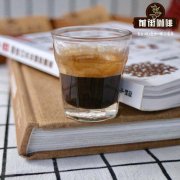Tara Pearl producing area of Costa Rica | Don Mario Malio Farm Yellow Honey treats Kaddura's flavor

Professional coffee knowledge exchange More coffee bean information Please pay attention to coffee workshop (Weixin Official Accounts cafe_style)
Tarazhu, Costa Rica| Don Mario Farm Yellow Honey Treated Kadura Flavor?
Costa Rica is the best and most stable quality coffee in Central America. It is also the most conservative. It can be seen from the old iron barrel array in the World Cup football match that coffee production has a very long history. As early as 1800 in the 19th century, coffee has been exported to Britain.
In Costa Rica Robusta varieties are prohibited by law, only Arabica varieties are allowed, honey treatment is the focus of recent pursuit of Taiwanese coffee, honey treatment is due to the poor traffic in Costa Rica high mountain roads, why because coffee after harvest to be processed quickly, if the time delays coffee beans will produce excessive fermentation damage, mountain farmers so after harvest to remove the peel pulp with the skin on the elevated shed drying, this is the prototype of honey treatment.
High-quality Costa Rican coffee is known as "extra-hard" and can be grown at altitudes above 1500 meters. Altitude has always been a problem for coffee growers. Coffee beans are better at higher altitudes, not only because higher altitudes increase the acidity of coffee beans and thus enhance flavor, but also because lower night temperatures at higher altitudes cause trees to grow slowly, thus making coffee beans more flavorful. In addition, due to the high altitude drop caused by sufficient rainfall, coffee tree growth is also very favorable. However, while there are many advantages to growing coffee at higher altitudes, the additional transportation costs associated with it must be taken into account, which may well make coffee production unprofitable. Costa Rican coffee has adopted new technologies to increase efficiency, including the use of "electric eyes" to select beans and identify beans of irregular size.
Tarasu is located south of the country's capital, San José, and is one of the country's most prized coffee plantations. La Minita Tarrazu coffee is locally famous but produced in limited quantities, about 72600 kilograms per year, grown on land called La Minita, owned by the last three generations of the McAlpine family in England. In fact, the land produces more than 450 tons of coffee per year. But Tarasulamita coffee is grown without artificial fertilizers or pesticides, and is harvested and picked entirely by hand, in order to avoid some of the damage done to the beans by air-jet sorting.
Other coffees worth mentioning are Juan Vinas (PR), H.Tournon, Windmill (SHB), Monte bello and Santa Rosa. Fine coffee is grown in Geredia and the Central Valley. Another striking coffee is Sarchi (one of the five towns that represent Costa Rica's "coffee route"), which grows on the slopes of Poas Volcano, 53 kilometers from San Jose. Saatchi was founded in 1949 and has 30770 hectares of land to grow sugar cane and coffee. The area is also known for its handicrafts, which attract tourists from all over the world.
The country's coffee industry, formerly controlled by Instituto del Café de Costa Rica (ICAFE), has been taken over by the Official Coffee Council (Oficina del Café). Among coffee exports, those deemed substandard are colored with blue vegetable dye and then returned to domestic sales. Coffee consumed domestically (dyed blue or undyed) accounts for about 10% of total production, and local coffee consumption per capita is twice that of Italy or the United States.
Yellow honey treatment is the latest definition, meaning that coffee beans are dried on an elevated shelf and turned once an hour. This is called yellow honey treatment, which comes from the concept of Panama's Emerald Estate.
Honey processing beans: After harvesting coffee, remove the peel and pulp to leave the coffee beans and epidermis layer, and then send them to the bean drying field to dry until the moisture content reaches 16%, and then send them to the dryer to dry to a uniform moisture content. Before shipment, rub with parchment or parchment to remove the film on the epidermis.
Property Characteristics: Farms
Farm name: Don Mario
Region: Tarrazú Tarrazú
Country: Costa Rica
Altitude: 1,350--1,500
Annual Precipitation: 2,500--2,700 mm
Soil: Volcanic clay
Type of Shade Trees: 36 Shade Trees
Coffee Characteristics: Coffee characteristics
Variety: Kadura
Processing System: Yellow Honey
Appearance: 17--18 mesh
Direct coffee cup test Overall review
Light Roast: Dry vanilla, wet ice cream, orange acid, short sweet finish
Medium roast: honey brown sugar sweet is very good, very suitable for people who just drink black coffee, smooth sweet
Front Street Recommended Brewing:
Filter cup: Hario V60
Water temperature: 90 degrees
Abrasion: Small Fuji Abrasion 3.5
Cooking method: water-powder ratio 1:15, 15g powder, first injection of 25g water, stewing for 25s, second injection to 120g water, water cut off, wait for the powder bed water to drop to half, then inject water slowly until 225g water, extraction time about 2:00
Analysis: Three-stage brewing, clear coffee before, during and after the flavor. Because V60 has many ribs, the drainage speed is faster, and the extraction time can be prolonged when the water is cut off.
Important Notice :
前街咖啡 FrontStreet Coffee has moved to new addredd:
FrontStreet Coffee Address: 315,Donghua East Road,GuangZhou
Tel:020 38364473
- Prev

Guatemala | Waykan in Quiche province United Farm washing iron pickup truck, Kaddura, card
Professional coffee knowledge exchange more coffee bean information please follow the coffee workshop (Wechat official account cafe_style) Guatemala | Waykan, Keiche province United Farm washed iron pickup card, Kaddura, Kaduai flavor? Coffee has saved Guatemala's economy in the past century. It is estimated that there are about 120000 thousand producers there.
- Next

Costa Rica Tarrazu Valley | Pena Pena Farm Yellow Mikadura / bourbon / Iron pickup
Professional coffee knowledge exchange more coffee bean information please follow the coffee workshop (Wechat official account cafe_style) Costa Rica Tarrazu Valley | Pena Pena farm yellow honey Kaddura / bourbon / tin pickup flavor? Costa Rica is the most stable and best coffee in Central America, and coffee production has a very long history, as early as 1800 in the 19th century.
Related
- Detailed explanation of Jadeite planting Land in Panamanian Jadeite Manor introduction to the grading system of Jadeite competitive bidding, Red bid, Green bid and Rose Summer
- Story of Coffee planting in Brenka region of Costa Rica Stonehenge Manor anaerobic heavy honey treatment of flavor mouth
- What's on the barrel of Blue Mountain Coffee beans?
- Can American coffee also pull flowers? How to use hot American style to pull out a good-looking pattern?
- Can you make a cold extract with coffee beans? What is the right proportion for cold-extracted coffee formula?
- Indonesian PWN Gold Mandrine Coffee Origin Features Flavor How to Chong? Mandolin coffee is American.
- A brief introduction to the flavor characteristics of Brazilian yellow bourbon coffee beans
- What is the effect of different water quality on the flavor of cold-extracted coffee? What kind of water is best for brewing coffee?
- Why do you think of Rose Summer whenever you mention Panamanian coffee?
- Introduction to the characteristics of authentic blue mountain coffee bean producing areas? What is the CIB Coffee Authority in Jamaica?

